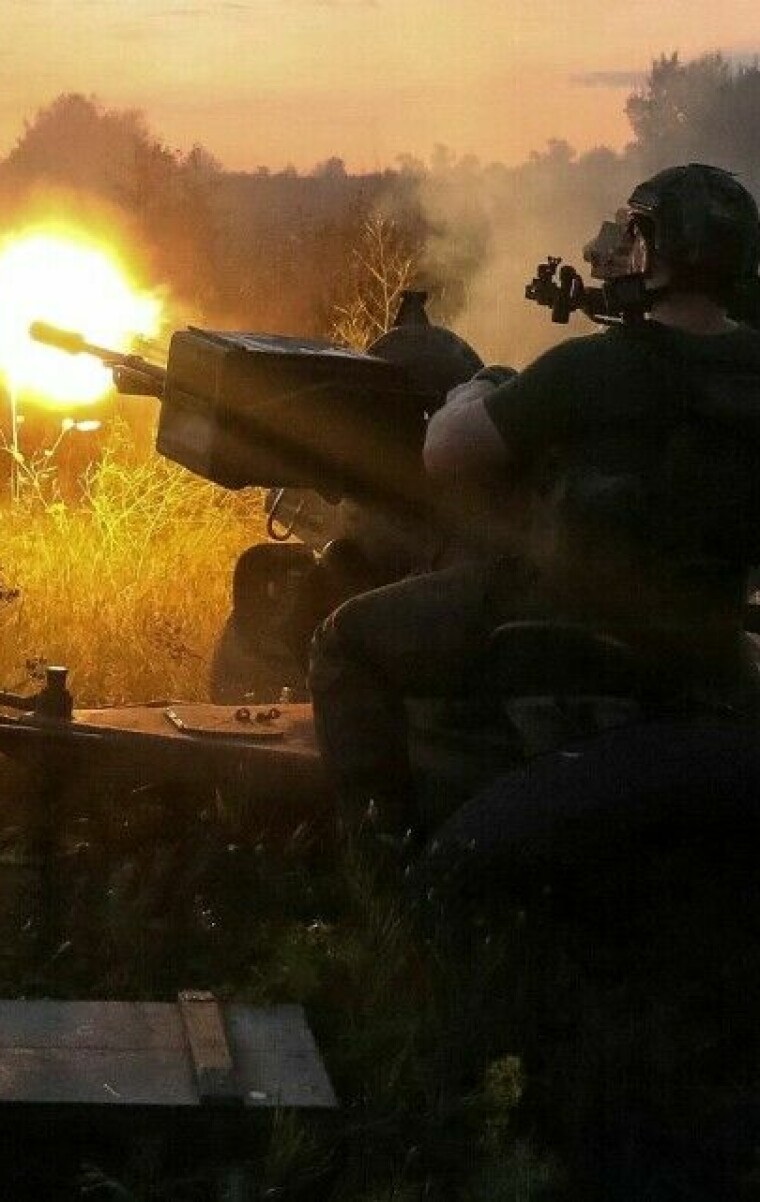
War causes high inflation, a pandemic does the opposite
Pandemics and wars affect the economy in very different ways, researchers find. If not for the war in Ukraine, the pandemic could have resulted in many years with little or no price increases.
The war between Russia and Ukraine is an example of how war causes the price of many goods to increase.
“War has always led to higher prices,” says Einar Lie, an economic historian at the University of Oslo.
“History is full of examples that illustrate this, particularly where things like food and energy become more expensive when countries are at war,” he said.
Two main reasons explain this trend.
“First, production is disrupted. Second, deliveries are disrupted,” Lie said to sciencenorway.no. “As a result, there are goods shortages, and prices rise.”
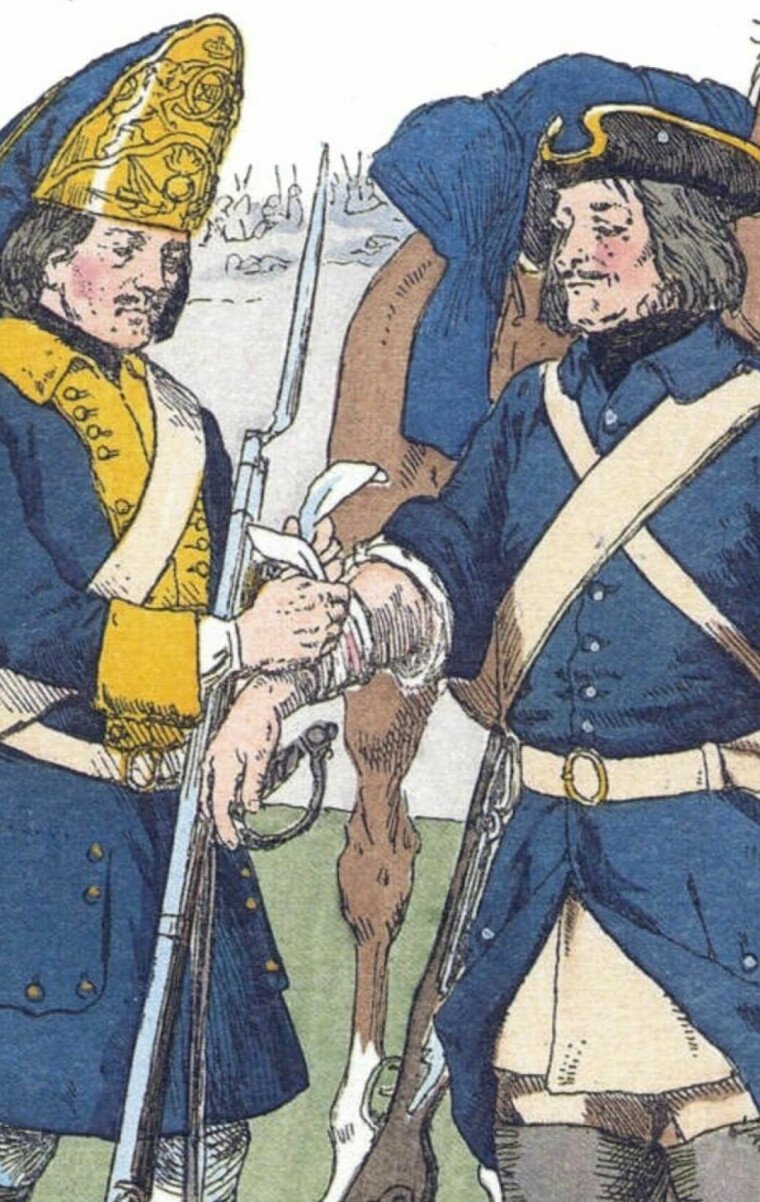
Sweden's wars in the 18th century caused a lot of price increases.
At the University of Gothenburg, the Swedish economic historian Staffan Granér can point to several examples from his country’s warlike history.
One early example is from the 18th century, when Sweden went to war against Russia and Prussia.
Not only were there shortages of goods, what was later to be called Sweden's Riksbank also printed far too many banknotes to finance the war.
Inflation followed soon after.
Most viewed
No content
Here’s how wars affect prices
Recently, two researchers at the investment bank Goldman Sachs in the US wanted to take a closer look at the connections between war, pandemics and inflation.
They found something surprising.
The researchers first collected data on the 12 largest wars, cmeasured in number of dead, and all the pandemics that have occurred since the 14th century — meaning ever since the time of the Black Death. They put these figures together with figures for inflation since the 14th century.
Pandemics are often compared to wars when it comes to the kind of impact they have on society.
But the two researchers found completely different effects.
They saw a very clear connection between war and inflation.
Prices can rise a great deal, especially when wars end. A normal price increase one year after a war ends is 8 per cent, the researchers found. This is the median increase, meaning the middle number when all the numbers are divided into two groups of equal size.
The price increase in Norway over the past 12 months has been 6.4 per cent. In the EU countries, it has been 8.3 per cent.
Countries such as Poland, Lithuania, Estonia, Latvia, the Czech Republic and Hungary have had inflation of between 15 and 25 per cent in recent months.
And the war in Ukraine is not over yet.
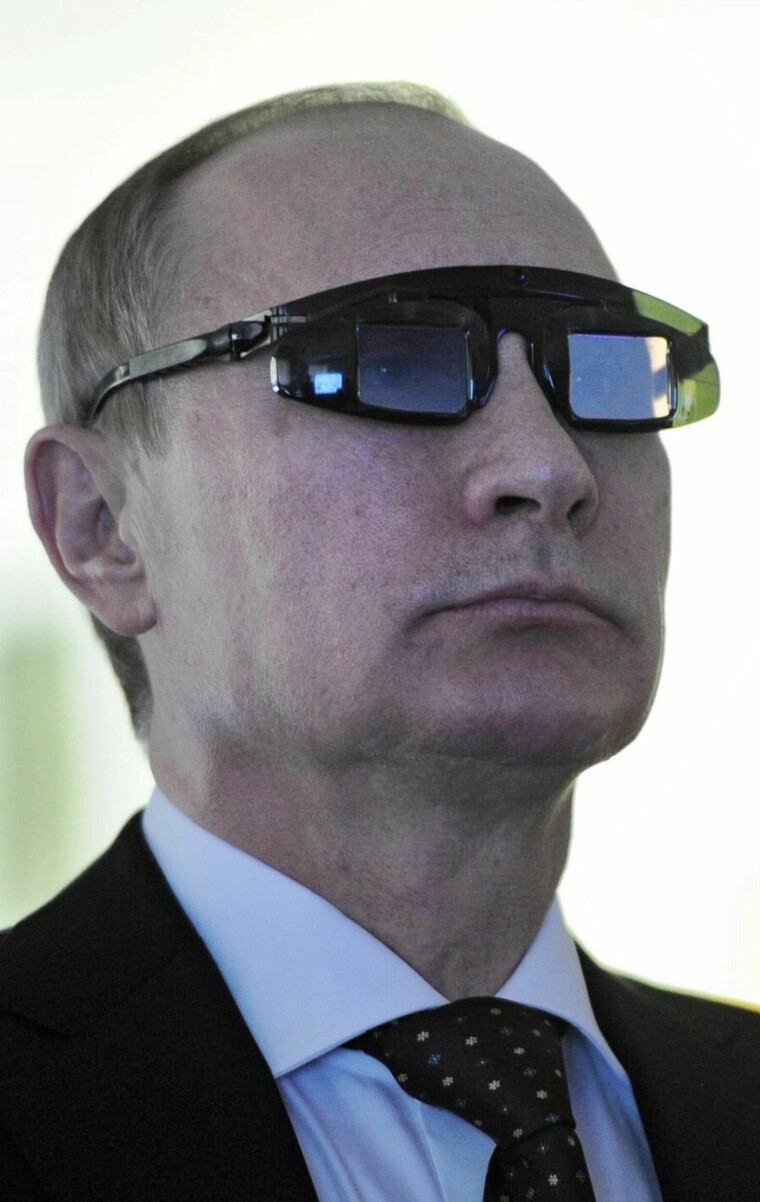
Without the war in Ukraine, the pandemic could have resulted in many years with little or no price increases.
Here’s how pandemics affect prices
When the researchers looked at pandemics, they found something completely different.
Inflation typically remains low during almost all pandemics. There have been an average of three pandemics in each century in the last few centuries.
Economic history shows that prices fall even more when a pandemic has ended.
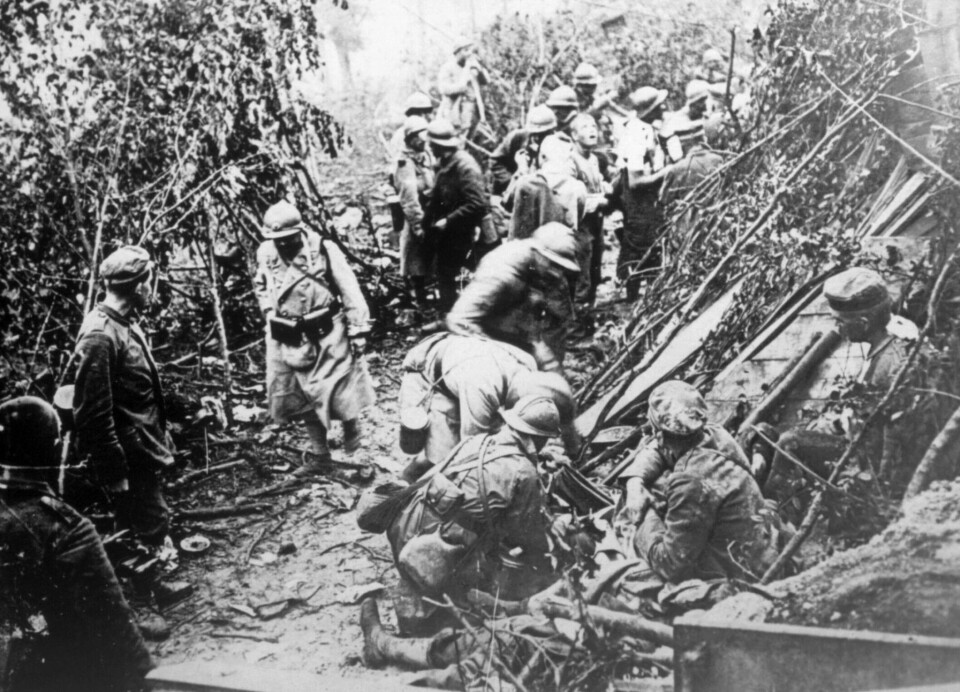
Median inflation one year after a pandemic ended – if we look all the way back to the 14th century – was zero per cent or even lower, the researchers found.
In the wake of pandemics, it has not been unusual for there to be deflation – where prices go down.
And for a full nine years after the average pandemic ended, there were hardly any price increases at all.
That wars and pandemics affect inflation quite differently is not as strange as it may sound.
As Einar Lie said, wars often lead to scarcity of goods. That causes demand to rise. This also causes prices to increase.
During pandemics, people take it easy. They do less, and the demand for goods falls. This keeps prices down.
But every rule has an exception: During the last pandemic, ‘everyone’ had to fix up something at home or at their holiday homes. This led to doubled prices for many building materials.
The gold standard in Norway
Different countries have worked hard throughout history to try to keep price rises down.
In the 19th century, both Norway and Sweden joined what was called the gold standard.
The gold standard first meant that a coin always had to have a certain amount of gold in it. This ensured that people had confidence in the coin.
From 1873, the gold standard meant that a banknote could always be exchanged for a fixed amount of gold. A separate monetary law required that the amount of banknotes must always be in a certain ratio to a country's gold holdings.
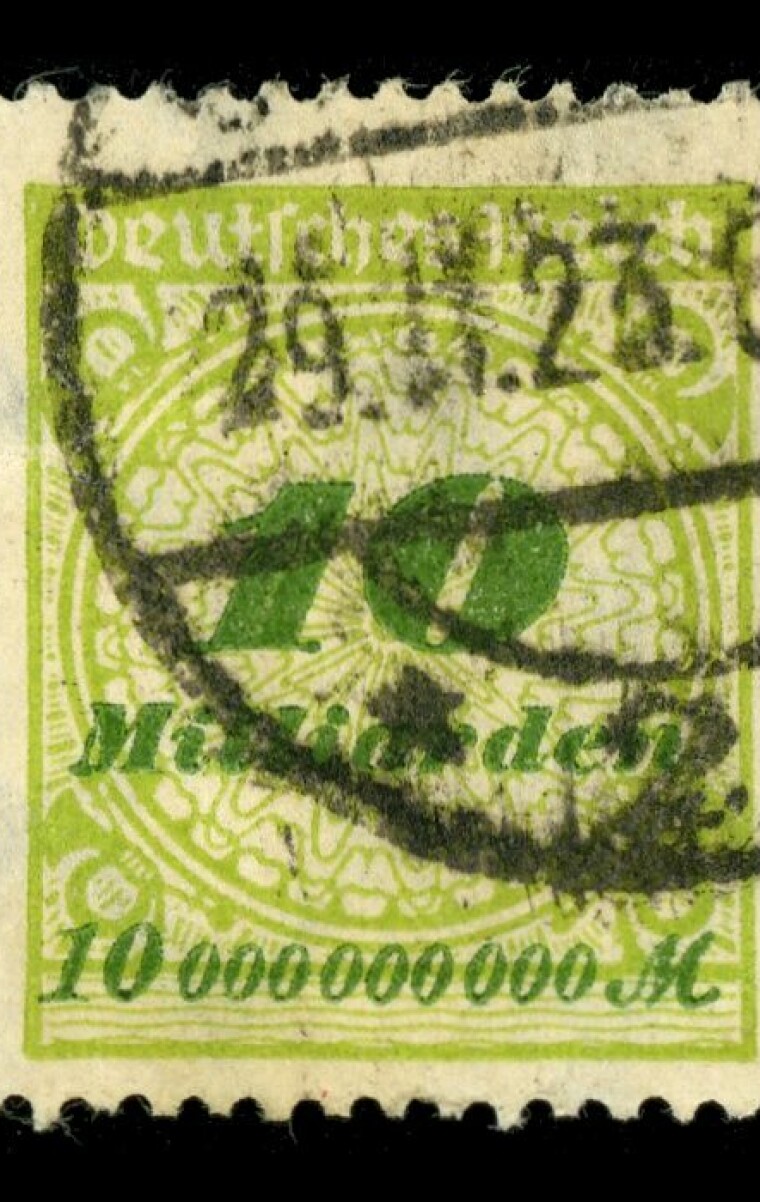
In 1923, German stamps were printed, each worth 10 billion marks
The purpose was to stabilize monetary value. At the same time, an international system of fixed exchange rates for gold was established in Europe.
Around 1900, almost all countries had introduced this type of gold standard. And it worked well.
The exchange rate remained stable.
But then came the World War I in 1914.
From a military standpoint, Norway was not involved in the war — the country remained neutral. Nevertheless, the war had major economic consequences even for Norway.
Almost all countries abolished the gold standard when the war came. A queue of people outside Norges Bank, the country’s central bank, who wanted to exchange their banknotes for gold, contributed to the decision to abolish the gold standard in Norway.
In Norway, prices rose by well over 200 per cent during the war. The number of banknotes quadrupled. Most other countries experienced the same thing.
After World War I, Germany experienced what is called hyperinflation.
With more money in circulation compared to the amount of goods that had been produced, costs skyrocketed in many countries.
In Norway, ration cards were introduced in 1917 to prevent speculation, hoarding and food shortages. Ration cards for bread and certain other foodstuffs were used until the summer of the post-war year 1919.
A time of scarcity in Norway during the 1920s
Escalating prices after the World War I hit many people in Norway hard.
From 1914 to 1918, the cost of living increased by 156 per cent. At the same time, the average income per inhabitant rose by over 200 per cent.
The only problem was that this increase in income was very unevenly distributed. Everyone who depended on the state came out the worst in this period – the disabled, the old and sick, and public employees.
According to what was then called Det statistische Centralbureau, the salaries of priests in Norway rose no more than 35 per cent during World War I. Wages rose by around 80 per cent. Construction workers' wages rose by 123 per cent and the wages of workers at fish processing companies by over 150 per cent.
A different set of people got very rich from the war.
For some industries, primarily shipping, the world war meant a formidable boom.
Share turnover reached previously unknown heights, and many made a fortune from speculation or ‘stock trading’.
Terje Vigen rowed to Denmark
Henrik Ibsen's poem about a fictional southern Norwegian named ‘Terje Vigen’ represents for many Norwegians an image of what can happen to Norwegians after years of conflict.
During the Napoleonic Wars in 1808-1811, England introduced a grain blockade against Norway. Terje Vigen had to row to Denmark to get food for his hungry wife and daughter.
“Scarcity is something that has often been linked to war,” Lie said.
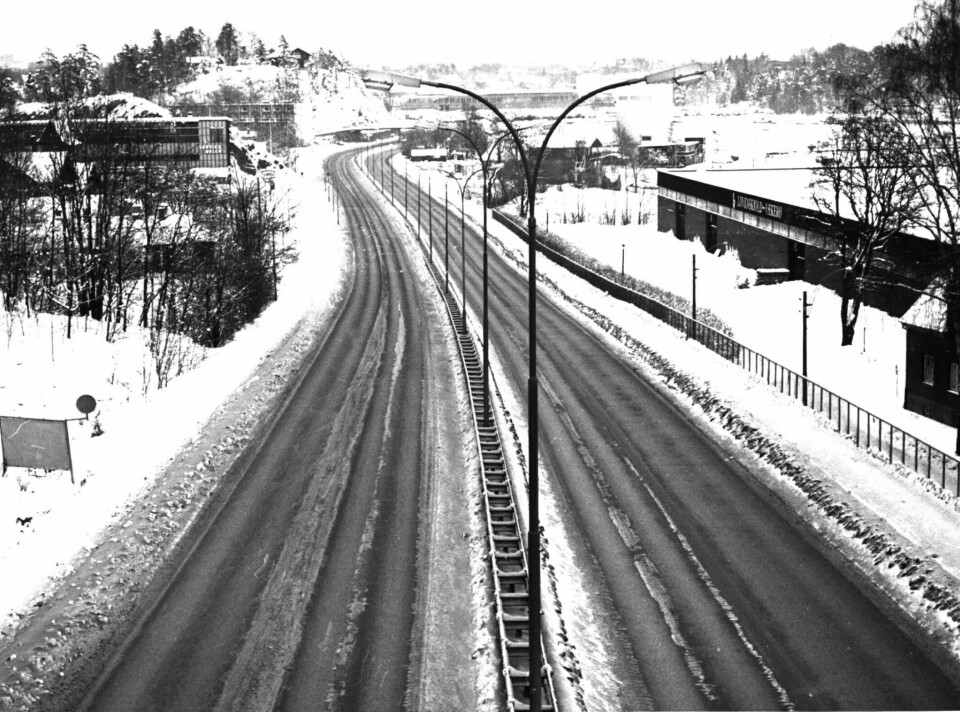
“In addition, the state has often incurred large expenses due to the war, or from building up the country’s defence capabilities. Another cause of high inflation is when countries print money during wars,” he said.
Briefly summarized: During a war, there’s more money on the hunt for fewer goods.
Einar Lie says that during World War I and World War II, the Norwegian state tried to use price regulation to keep inflation under control.
This proved most successful when the Germans occupied Norway during World War II.
The Korean War and the Yom Kippur War
The post-war years in Norway were characterized by low but stable price growth, together with high economic growth.
Only when the Korean War broke out in 1950 was there a period of high price increases.
The last time before the Ukraine war when Norway experienced high inflation was the 15-year period from the first half of the 1970s to the second half of the 1980s.
At that time, the Yom Kippur war between Israel and the Arab states in the Middle East had resulted in an international oil crisis. Strong increases in oil prices caused recessions in Western economies.
Inflation took hold for a long time in many countries.
This last period of inflation in Norwegian history, before now, was nevertheless quite different from previous price increases. Prices rose rather slowly. And it took a long time for prices to come down again.
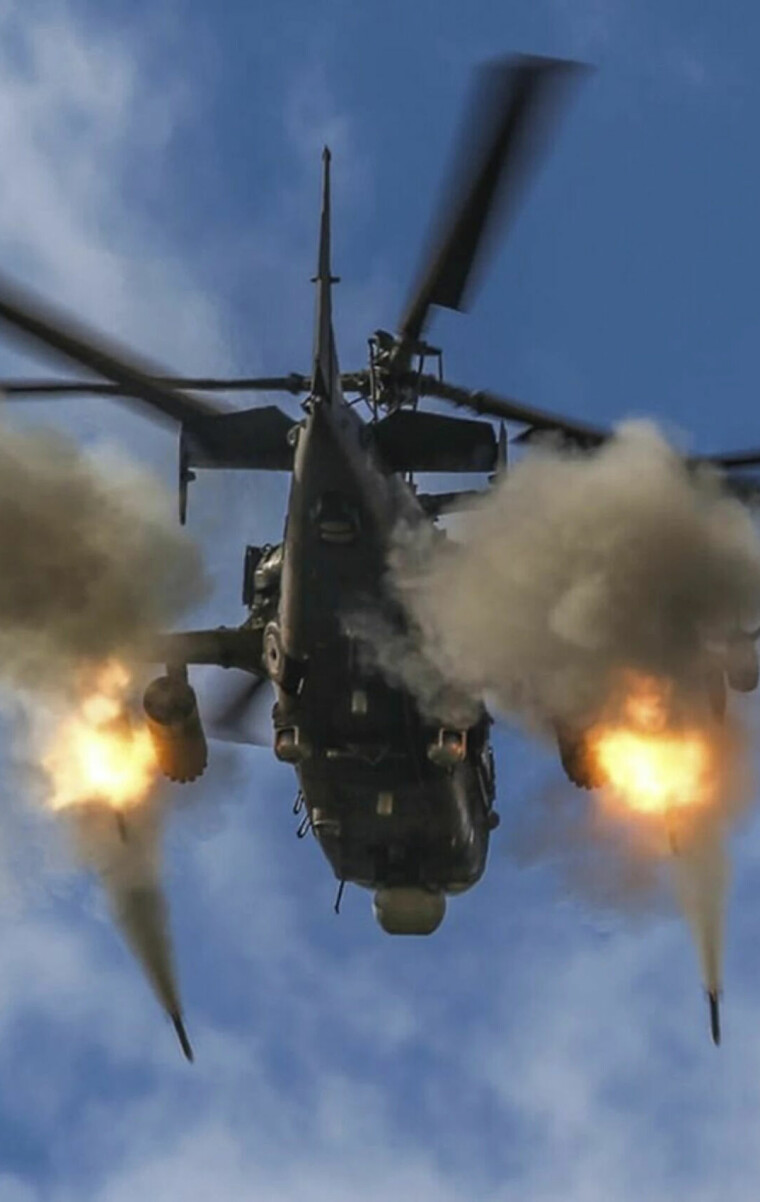
The war in Ukraine has once again resulted in high inflation in Norway. How long will it last?
With a few exceptions – such as the terrorist attacks in New York and the rest of the world on 11 September 2001 and during the financial crisis in 2008 – most Western countries have managed to keep inflation down throughout the 2000s.
Here’s what the Swedish economic historian Staffan Granér thinks about this:
“It’s not so surprising that the triggering factor for high inflation this time can be linked to the fact that there is a war in Ukraine. The gas taps have been choked off, and energy prices have risen,” he said.
What’s happening now is clearly something we can recognize from history, he said.
Translated by Nancy Bazilchuk
References:
Kevin Daly and Rositsa D. Chankova: Inflation in the aftermath of wars and pandemics. VOX-EU/The Center for Economic Policy Research (CEPR), 2021.
Norges Bank: "The gold standard will be introduced"
Statistics Norway: "The boom during the First World War (in Norwegian)", 1999
Staffan Granér in a press release from the University of Gothenburg, published on the website forskning.se.
Pictures:
The first photo shows Ukrainian military firing anti-aircraft missiles in the outskirts of Kharkiv in August 2022. (Foto: Vyacheslav Madiyevskyy/Reuters/NTB)
The image of Swedish grenadiers and dragoons in the 18th century was created by Richard Knötel and published in a book on military uniforms published in Berlin in 1890.
The photo of Vladimir Putin shows him visiting a laboratory at the University of St. Petersburg. Here he has been equipped with special glasses (Photo: Mikhail Klimentyev /RIA Novosti Kremlin/AP)
The picture from World War I is from the Battle of the Marne and shows French soldiers giving first aid to German soldiers in 1918. (Photo: Everett Collection / Shutterstock / NTB)
The picture of two men with cigars is from Nordmøre Museum's photo collection / Digital Museum.
The picture from the oil crisis is from Vækerø on the E18 Drammensveien. (Photo: Ivar Aaserud/Aktuell/NTB)
The last photo shows a Russian helicopter firing rockets at an unknown target in Ukraine. (Photo from the Russian Military Press Service/via AP)
———
Read the Norwegian version of this article at forskning.no

































